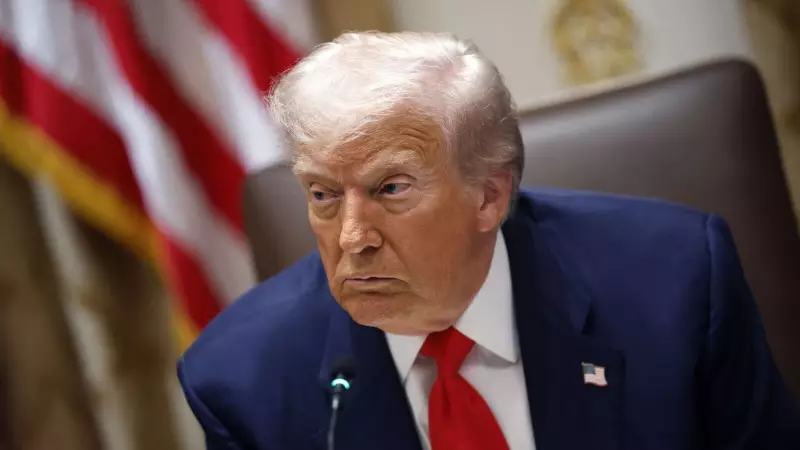
The United States is undertaking a significant but quiet transformation in its trade policy, systematically stepping back from many of the aggressive tariffs that defined the Trump administration's economic approach. This strategic pivot marks one of the most substantial shifts in American trade strategy in recent years.
The Stealthy Unwinding of Trump's Trade Legacy
Unlike the dramatic announcements that characterized the Trump era, the Biden administration has been methodically dismantling tariff barriers through a series of quiet exemptions and targeted suspensions. This approach has allowed the US to maintain pressure on China while offering relief to key allies and trading partners.
Key Areas of Tariff Relief
- European Union and UK: Suspension of steel and aluminum tariffs that had strained transatlantic relations
- Japan: Easing of restrictions on automotive imports and components
- Multiple Allies: Targeted exemptions for strategic goods and materials
The China Exception: Maintaining Economic Pressure
While softening its stance toward allies, the administration has largely preserved the extensive tariff framework targeting Chinese imports. This selective approach reflects a nuanced strategy: repairing relationships with traditional partners while continuing to address what officials describe as China's unfair trade practices.
Economic and Political Calculations
The tariff retreat comes amid mounting pressure from several fronts:
- Inflation Concerns: Businesses argue that tariffs contribute to rising consumer prices
- Supply Chain Pressures: Ongoing disruptions make tariff relief increasingly necessary
- Diplomatic Considerations: Rebuilding alliances strained during the Trump years
Industry Response and Future Implications
American businesses have welcomed the changes, with many companies reporting reduced import costs and improved supply chain flexibility. However, some domestic manufacturers express concern about increased competition from foreign producers.
The administration's careful balancing act demonstrates a new approach to trade policy—one that prioritizes strategic alliances while maintaining tools to address perceived economic threats. This shift could have lasting implications for global trade architecture and America's position within it.





